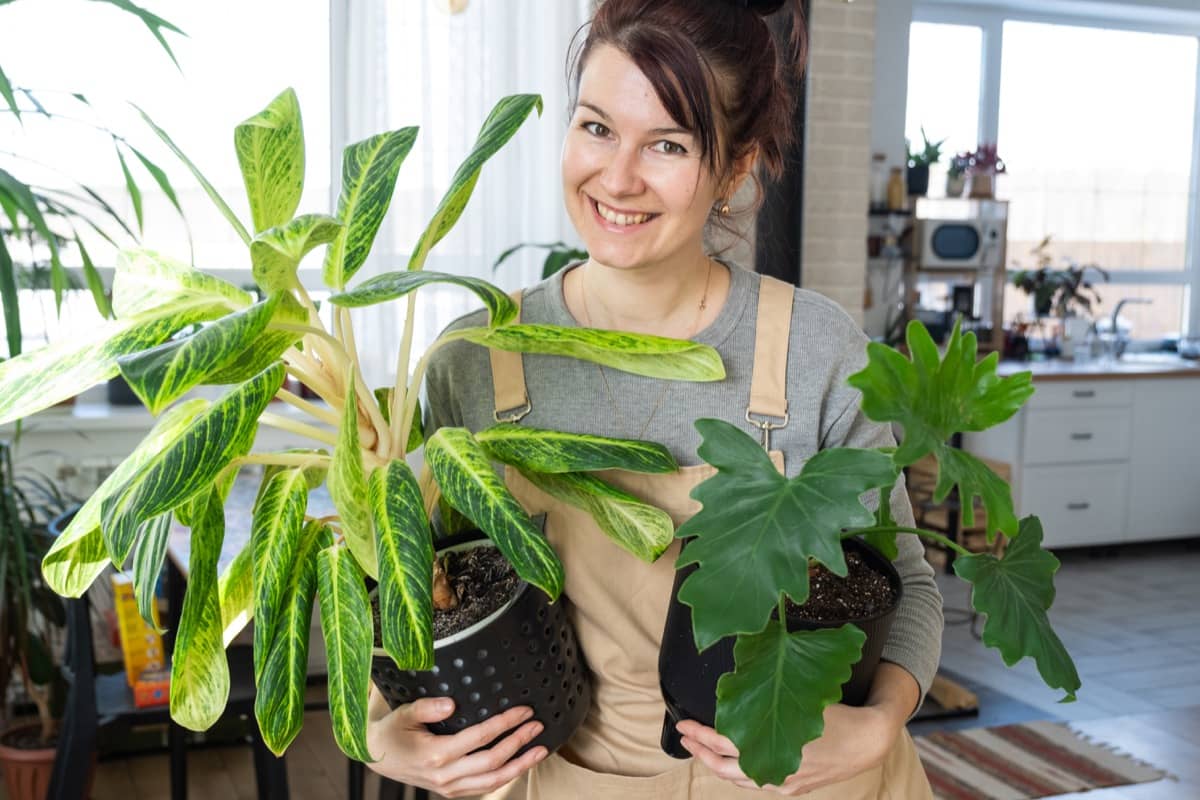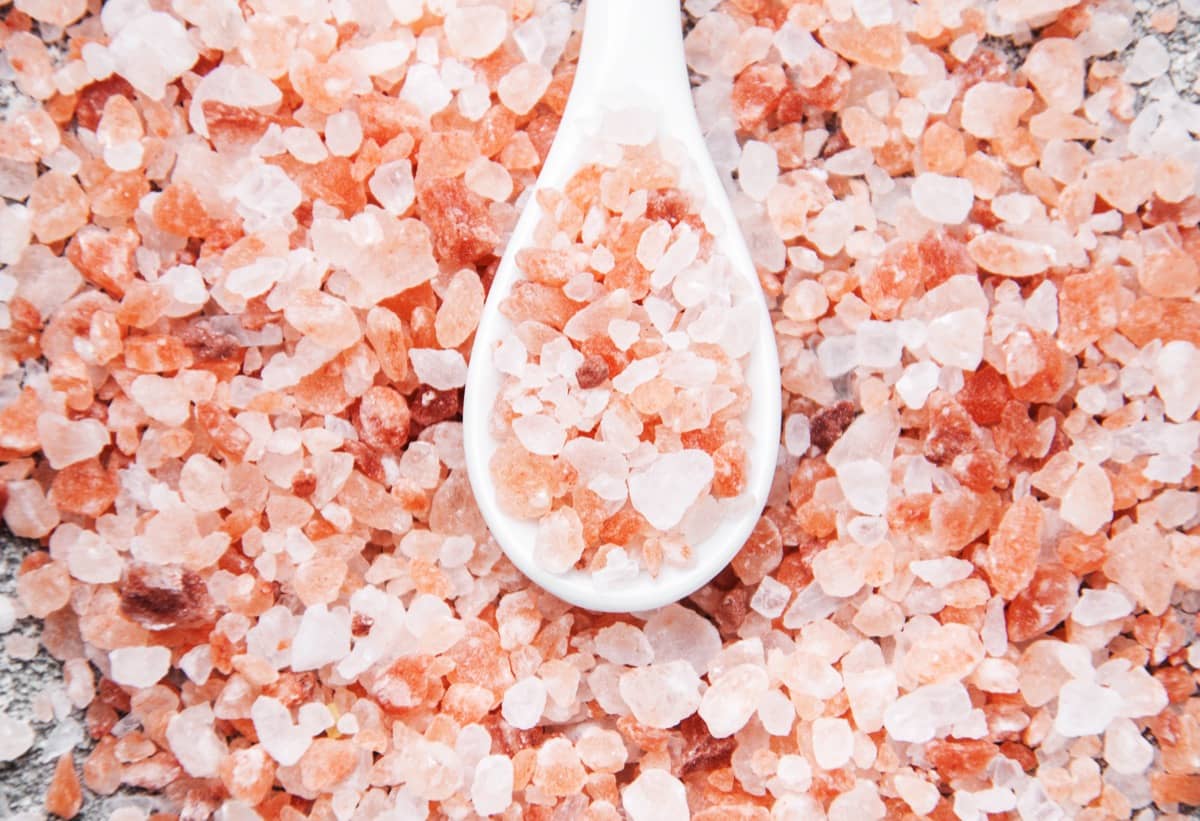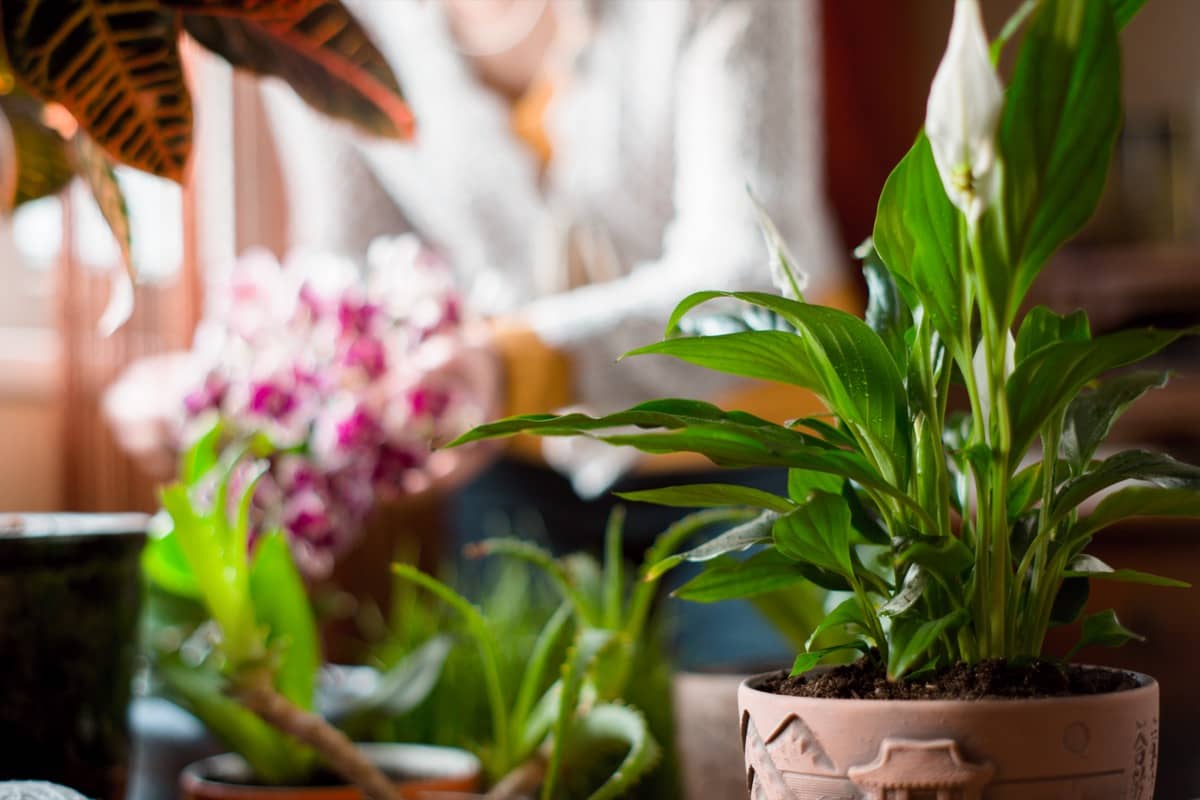Pink salt contains essential minerals, which are essential for plant growth and vitality. These nutrients are readily absorbed by plant roots, promoting stronger stems and lusher foliage. Additionally, pink salt can improve soil structure by enhancing its ability to retain moisture and nutrients.

By incorporating pink salt into your indoor gardening routine, you can provide the nutrient boost that promotes overall health and resilience. Whether you’re a seasoned plant parent or just starting on your green thumb journey, experimenting with pink salt could be the secret weapon your houseplants need to thrive.
Benefits of Pink Salt for Houseplants
Boosts Nutrient Absorption
Enhanced Root Efficiency
Pink salt might be the secret ingredient your houseplants have been craving. When it comes to plant nutrient absorption, this natural mineral can work wonders for enhancing root efficiency and increasing mineral uptake. By incorporating pink salt into your plant care routine, you’re setting the stage for optimal growth and vitality. Think of it as a powerful stimulant that kick-starts essential growth processes within your plants. You can use pink salt for vibrant houseplant foliage and stronger stems.
Increased Mineral Uptake
Not only does pink salt promote better soil quality by improving its structure and moisture retention capabilities, but it also acts as a natural pest repellent. With improved soil pH levels and essential trace minerals supplied directly to the roots, your houseplants will thrive like never before.
Promotes Healthier Growth
Stimulation of Growth Processes
Pink salt is not just a trendy addition to your kitchen, but it also holds amazing benefits for your indoor plants. When it comes to promoting healthier Indoor plant growth, pink salt truly shines. By enhancing houseplant health with salt, it helps them reach their full potential. This means you’ll see improved vitality in your houseplants, with lush green leaves and robust stems.
Improved Plant Vitality
The unique properties of pink salt work wonders in enhancing the overall health of your plants. With improved plant vitality, you’ll notice an increase in the vibrancy and resilience of your beloved indoor garden. So, if you’re looking to take your houseplant game to the next level, consider incorporating pink salt into your gardening routine.
Improves Soil Quality
Enhanced Soil Structure
Pink salt might be the secret ingredient you’ve been missing. It works wonders to improve soil quality by enhancing soil structure and promoting better moisture retention.
Better Moisture Retention
By incorporating pink salt into your gardening routine, you can say goodbye to compacted or sandy soils that struggle to retain essential nutrients for your houseplants. The unique properties of pink salt help create a more balanced and aerated soil structure, allowing roots to spread out more easily and access water and nutrients efficiently.
In case you missed it: Natural Fertilizer Recipes for Flowers: Discover from Banana Peel to Epsom Salt

Acts as a Natural Pest Repellent
Deters Common Houseplant Pests
Safeguarding your indoor garden from pesky pests is a top priority for plant enthusiasts. Pink salt emerges as a natural hero in this battle, offering a chemical-free solution to keep common houseplant invaders at bay. The mineral properties of pink salt create an environment that pests find unappealing, effectively deterring them from making your plants their home.
Safe, Chemical-Free Pest Control
By sprinkling a pinch of pink salt around your pots or mixing it with water to create a spray, you can establish a protective barrier without harming the environment or compromising plant health. Pink salt not only repels unwanted insects but also promotes a healthier, balanced ecosystem within your indoor garden.
Fights Off Fungal Diseases
Natural Fungal Resistance
Pink salt is not just a trendy addition to your kitchen pantry; it also has remarkable benefits for your indoor garden. Its natural fungal resistance properties can be a game-changer for your houseplants when it comes to fighting off fungal diseases.
Healthier Plant Leaves and Stems
When it comes to fungal resistance in houseplants with salt, you are helping to maintain healthier leaves and stems by warding off common fungal infections that can hinder growth and vitality. The unique composition of pink salt creates an environment that is inhospitable to harmful fungi, allowing your plants to thrive without diseases. This means fewer instances of wilted leaves or damaged stems due to fungal issues, resulting in overall stronger and more resilient plants in your indoor garden.
Regulates Soil pH Levels
Maintains Optimal Growth Conditions
Maintaining the right soil pH balance for houseplants is key to ensuring their thriving. Improving soil with Himalayan pink salt can help regulate soil acidity, creating an optimal environment for growth.
Neutralizes Excess Acidity
By neutralizing excess acidity, pink salt allows plants to absorb nutrients more effectively and increase houseplant root health. When soil pH levels are balanced, plants can access essential minerals more efficiently, leading to improved overall health and vitality. This natural solution helps create a stable foundation for your houseplants to flourish. With pink salt’s ability to regulate pH levels, you can provide your plants with the perfect growing conditions they need.
Supplies Essential Trace Minerals
Micronutrient Boost for Houseplants
Indoor plants need more than just water and sunlight to thrive. Pink salt trace minerals for indoor plants maintain optimal health and growth. Pink salt contains rich minerals and can boost houseplant flowering and fruiting.
Contributes to Overall Plant Health
Trace minerals play various plant functions, from photosynthesis to nutrient absorption. By incorporating pink salt into your indoor garden routine, ensure that your plants get all the necessary nutrients they need to flourish. From iron and zinc to magnesium and calcium, these trace minerals contribute to overall plant health by supporting vital processes within the plant’s cells.
In case you missed it: Ultimate Guide to Using Epsom Salt for Potted Plants: Tips, Dosage, and Benefits

This micronutrient boost helps strengthen the plant’s immune system and enhances its resilience against environmental stressors. By adding pink salt as a natural source of essential trace minerals, you are promoting robust growth and development in your indoor garden.
Reduces Plant Stress
Improves Plant Resilience
When it comes to houseplant maintenance with pink salt, it is crucial to ensure that your plants are resilient and can withstand environmental stress. Pink salt has been known to reduce plant stress by supporting their natural resilience. Plants face various forms of stress, from fluctuations in temperature to changes in humidity levels. By incorporating pink salt into your gardening routine, you can help your plants bounce back from these challenges more effectively.
Supports Recovery from Environmental Stress
Whether your houseplants have been exposed to harsh sunlight or dry air conditions, using pink salt as a natural remedy can aid in their recovery process. It acts as a supportive agent for plants dealing with the impact of environmental factors. By stress relief for houseplants with pink salt, you are helping them adapt and thrive in less-than-ideal conditions. This ultimately leads to healthier and happier houseplants that can better withstand external pressures.
Eco-Friendly Fertilizer Option
Sustainable Plant Nutrition
When it comes to eco-friendly houseplant care, pink salt reduces the need for chemical fertilizers that can harm the environment.
Reduces Dependence on Chemical Fertilizers
Chemical fertilizers often contain synthetic ingredients that may leach harmful substances into the soil. Making the switch to pink salt helps minimize this impact, promoting healthier growth while lessening environmental damage. Embracing an eco-friendly approach not only benefits your indoor garden but also contributes to a greener planet. It’s a small change that can make a big difference in reducing our reliance on harmful chemicals in plant care practices.
Enhances Flowering and Fruiting
Supports Bloom Production
When it comes to enhancing flowering and fruiting in your houseplants, pink salt is a game-changer. By supporting bloom production, pink salt helps your plants produce more vibrant and abundant flowers. The increased yield not only adds beauty to your indoor space but also boosts the overall health of your plants.
Increases Yield and Quality of Fruit
Furthermore, with improved fruit quality, you can enjoy a bountiful harvest of delicious homegrown fruits. Whether it’s luscious Strawberries or juicy Tomatoes, pink salt can help elevate the taste and appearance of your home-grown produce. So, if you want to see an explosion of blooms and enjoy a bumper crop of fruits in your indoor garden, consider incorporating pink salt into your plant care routine.
In case you missed it: Top 18 Best Plants That Tolerate Salty Soil: Every Gardener Must Know

Conclusion
Incorporating pink salt into your indoor garden can truly transform the way your houseplants thrive. Pink salt for healthier indoor gardens, like improving soil quality, acting as a natural pest repellent, and so much more; the benefits of pink salt for houseplants are vast and impressive. By enhancing plant vitality, regulating pH levels in the soil, supplying essential trace minerals, reducing plant stress, offering an eco-friendly fertilizer option, and even enhancing flowering and fruiting capabilities – pink salt is a powerhouse when it comes to supporting your indoor garden’s health and beauty.
- Flower Garden Designs and Layouts for Beginners
- Planting and Spacing Techniques in Papaya: A Beginner’s Guide
- Growing Gold: Essential Techniques for Planting Pineapples
- How to Make Kalanchoe Plant Bushy: Home Remedies and Solutions
- 11 Reasons Why Your Gardenia is Not Blooming: Home Remedies and Solutions
- Eco Elegance: The Guide to Designing a Drought-Tolerant Landscape
- Gardening on a Slope: Strategies for Hillside Landscaping
- Nourish and Flourish: Top Organic Mulches for Thriving House Plants
- Everything You Want to Know about Indian Mogra Flower: Discover Uses and Growing